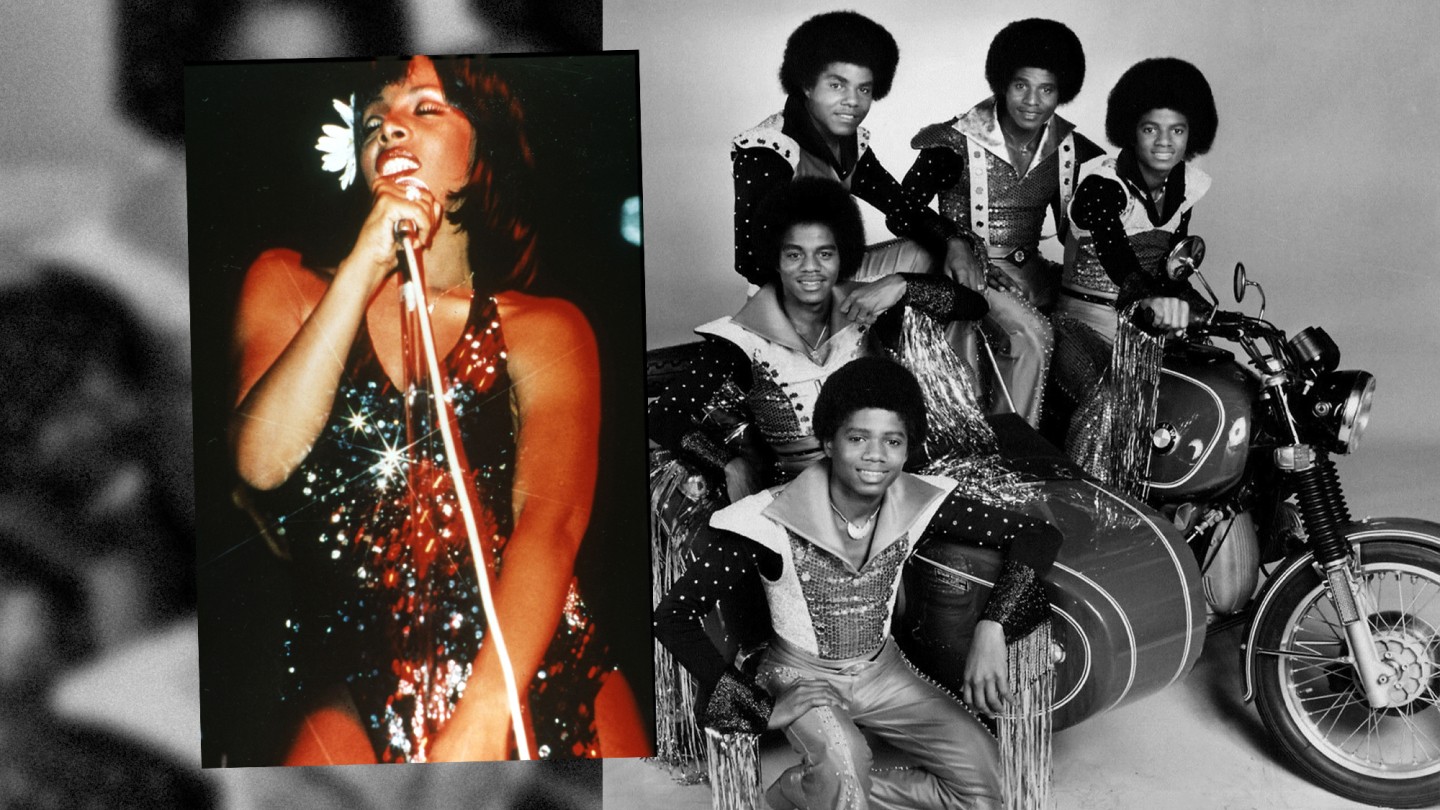
Disco icon Donna Summer performs in 1978.
In 1969, the Stonewall Riots marked the foundation of the modern gay rights movement in the USA. Three years later, following the Eisenstadt v. Baird case, the Supreme Court ruled for free access to birth control. All of a sudden, America was in the midst of a major sexual awakening.
The ‘70s was a time when dance-orientated nightclubs – or discotheques – were becoming a place where people could express themselves freely, and escape from the poverty, racism and homophobia blighting cities like New York and Philadelphia. Here in the underground, women in flared trousers and jumpsuits felt empowered as the dance floor became an arena of seduction, while homosexual and inter-race relationships were embraced away from judgmental eyes.
...People could express themselves freely, and escape from poverty, racism and homophobia...
Crowds of disco enthusiasts of all sexual orientations and social backgrounds would unite under the disco ball at clubs like Studio 54.
The soundtrack to this revolution was ‘disco’ – an uptempo dance music style defined by four-to-the-floor drum beats and grooving bass lines mixed with vocals, synthesisers, strings and guitars. This was music that transcended racial and sexual boundaries, and here in the underground, white, African-American and Latino communities of all sexual orientations were soon combining in a thumping expression of liberty, excess and eroticism.



The Bee Gees, James Brown and a Marshall advert.
As R&B stars like Stevie Wonder and James Brown incorporated disco sounds into their own music, new artists like Donna Summer, Chic and Gloria Gaynor helped take the genre mainstream. At its height, hits like ‘I Feel Love’, ‘Everybody Dance’ and ‘I Will Survive’ united afro-haired celebrities and platform-shoed celebrants alike under the glittering disco balls at clubs such as New York’s Studio 54.
"We all use Marshall Amps. They never give us any trouble." Vince Melouney, Bee Gees, In Beat Instrumental, December 1967
Hollywood’s disco-centric movie sensation ‘Saturday Night Fever’ would then spawn one of the biggest-selling soundtracks in history in 1977, with Bee Gees’ hits ‘Stayin’ Alive’ and ‘Night Fever’ confirming the genre’s place at the top of the charts on both sides of the Atlantic. The sounds and ideologies associated with disco pounded on through Africa, South America and Asia thereafter, as the seeds of house, hip hop and wider DJ culture began to sprout in the US.

Marshall advert in Melody Maker, 1971
Recommended
All

